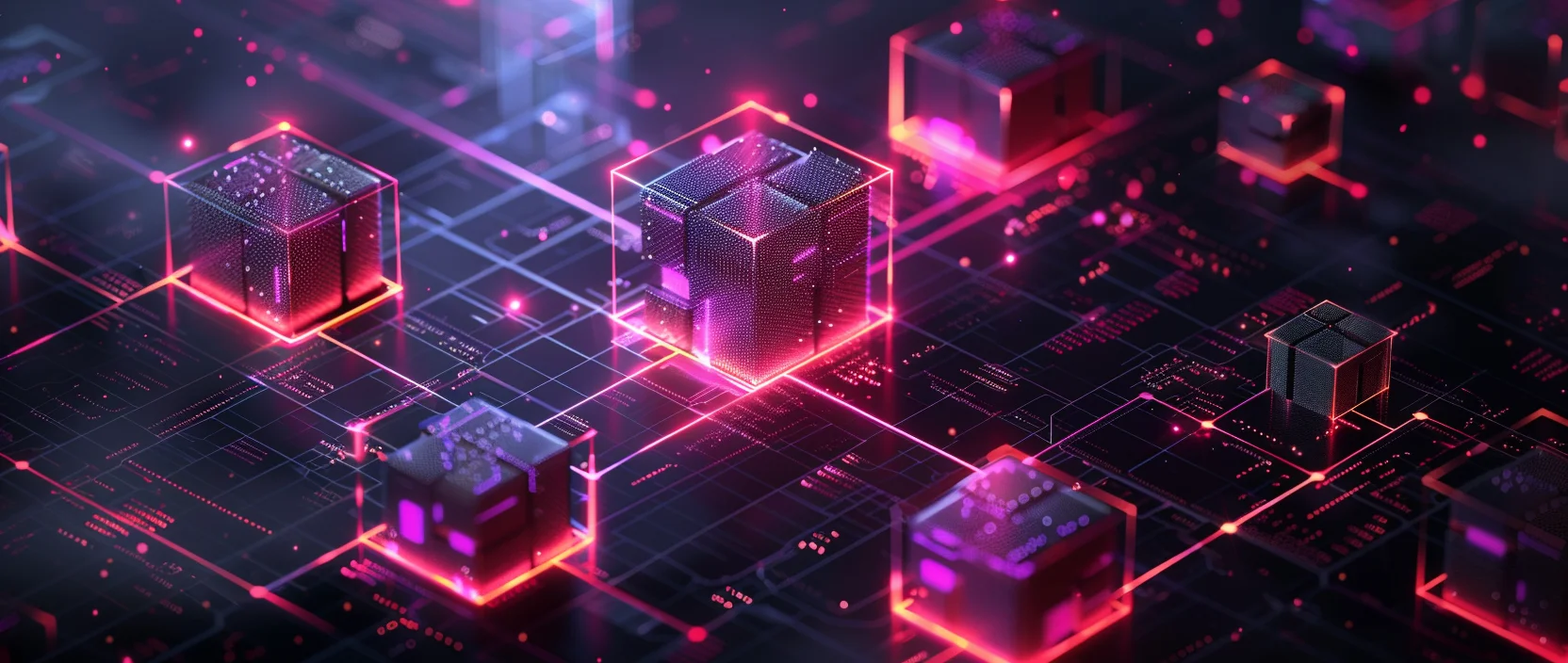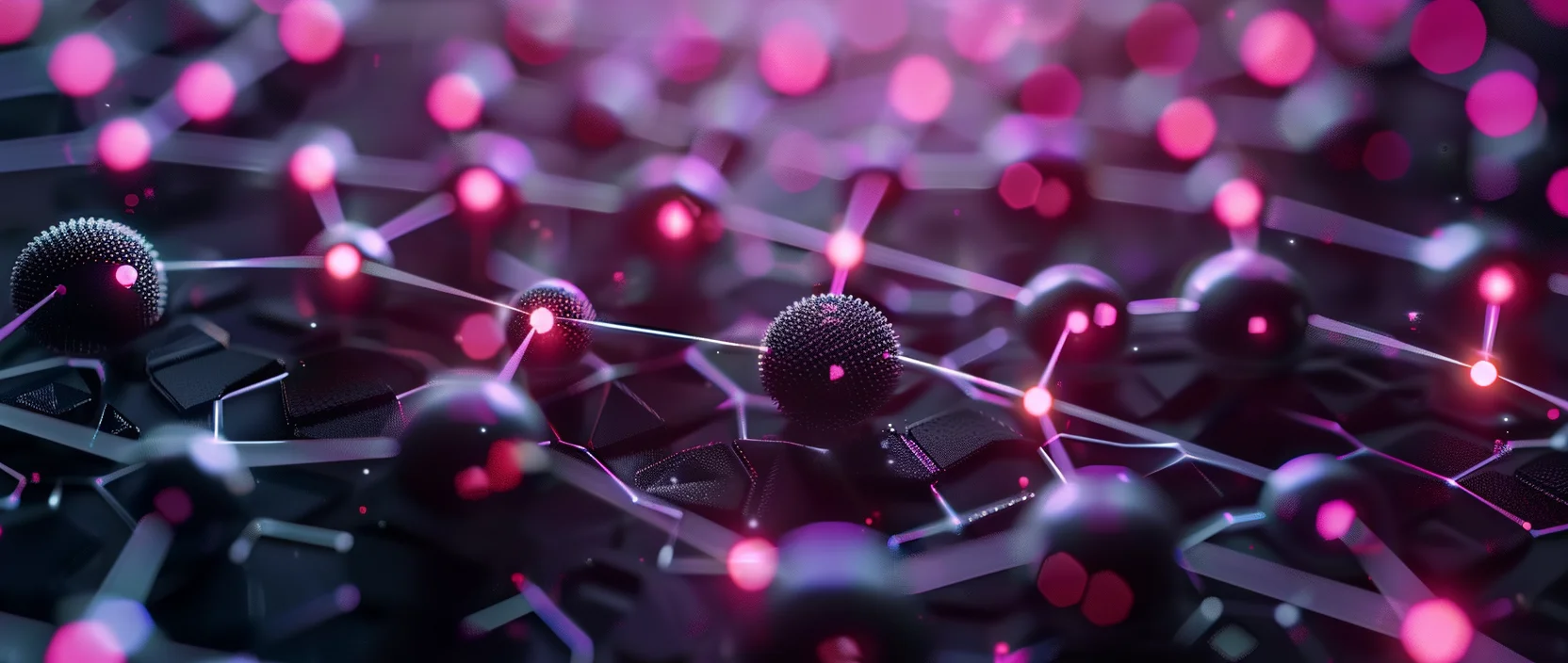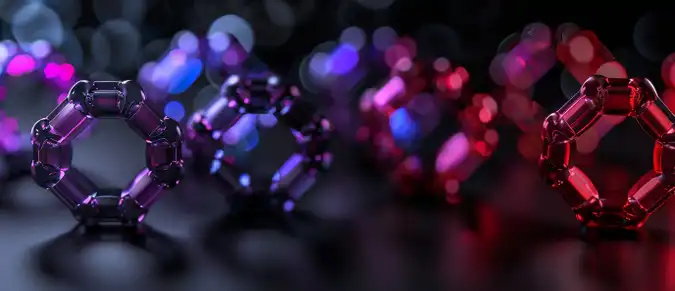In an era of rapidly increasing demand for computing resources, NodeGo emerges as an advanced decentralized network that enables individuals and organizations to monetize unused computing power. Leveraging blockchain technology, NodeGo transforms how computing resources are exchanged, accessed, and rewarded, opening new opportunities for artificial intelligence, spatial computing, and other high-performance applications.
Contents
- Project Overview
- NodeGo Architecture and Technological Foundation
- Real-World Use Cases
- NodeGo's Financial Model: How Tokenomics Works
- Governance and Community
- Conclusion

1. Project Overview
Founded in 2021, NodeGo aims to democratize access to computing resources. By connecting users with idle CPU, GPU, and bandwidth, NodeGo creates a decentralized network supporting services like artificial intelligence, gaming, and more. Through its proprietary protocol and hardware, NodeGo allows individuals and organizations to buy, sell, and exchange computing power, forming a peer-to-peer ecosystem for distributed computing.
The network supports a wide range of applications, including AI model training, spatial computing, scientific research, and blockchain applications. By enabling distributed machine learning and providing resources for 3D environment rendering, NodeGo addresses the growing demand for computing power across various industries.
2. NodeGo Architecture and Technological Foundation
NodeGo is built as a multi-layered and modular platform, combining advanced technologies of distributed computing, blockchain, and edge infrastructure. Its flexible architecture ensures high performance and broad compatibility with modern digital tasks, especially in AI, DePIN, and scientific computing.
The NodeGo ecosystem is built on three main components:
- NodeGo Protocol — A decentralized protocol that connects providers and consumers of computing resources. All transactions, interaction terms, and settlements between parties are processed through blockchain, ensuring transparency, immutability, and fair pricing. The protocol also manages the lifecycle of computing power orders, including reservation, execution, and result confirmation.
- NodeGo Hardware — Proprietary or compatible hardware designed to participate in the computing network. These devices (including mini-servers, nodes, and specialized containers) can be hosted by users at home or in data centers, providing computing resources to the network. They support energy efficiency, resilience, and data security.
- NodeGo Marketplace — A digital platform where network participants interact. Consumers can select and pay for access to computing power for specific tasks: from neural network training and 3D graphics rendering to bioinformatics or big data processing. Participants have access to user-friendly interfaces, APIs, and smart contracts to automate workflows.
A distinctive feature of NodeGo is the use of federated learning and edge computing. Instead of centralizing data in a single data center, tasks are processed in a distributed manner — directly on nodes close to the data source. This reduces latency, improves bandwidth, and enhances privacy. This approach also minimizes failure risks and allows infrastructure scaling without quality loss.
Thus, NodeGo's architecture provides a reliable technological foundation for building secure, scalable, and energy-efficient computing solutions across various industries.
3. Real-World Use Cases
NodeGo is not just infrastructure but a comprehensive tool for scalable computing, applicable in various technological and scientific fields. Thanks to its decentralized model and the ability to flexibly distribute tasks across thousands of nodes, the platform offers efficient solutions for a wide range of tasks.
Key areas where NodeGo demonstrates practical value:
- AI Model Training:
NodeGo provides access to distributed GPU and CPU resources, enabling neural network training without the need to rent expensive data centers. This is especially useful for researchers, startups, and independent developers who require on-demand computing. - Spatial Computing and 3D Rendering:
The network supports visualization and rendering tasks for augmented (AR) and virtual reality (VR) applications. Thanks to its distributed architecture, NodeGo reduces response time and accelerates the generation of complex three-dimensional scenes and simulations. - Scientific and Engineering Computing:
The platform is used for large-scale simulations in bioinformatics, particle physics, molecular modeling, and other tasks requiring parallel data processing. A user-friendly interface and Docker container support simplify research deployment across multiple nodes. - Blockchain Applications and Web3 Infrastructure:
NodeGo can serve as computational support for decentralized applications (dApps), DeFi protocols, and multichain services. By providing stable infrastructure, the platform addresses network overload and high gas cost issues.
NodeGo provides borderless access to computing power, lowering entry barriers for teams and projects worldwide. This makes the platform relevant for both large Web3 ecosystems and niche innovative solutions where flexibility and scalability are crucial.
With support for diverse use cases and a high level of compatibility, NodeGo becomes a universal tool for digital transformation, uniting AI, blockchain, and distributed computing technologies into a single ecosystem.

4. NodeGo Financial Model: How Project Tokenomics Work
$GO is the native token of the NodeGo network, with a fixed total supply of 1,000,000,000 tokens. It serves as the primary medium for transactions, rewards, and governance within the ecosystem.
Token Distribution:
| Category | Number of Tokens | Purpose |
|---|---|---|
| Community | 290,000,000 | Incentivizing users, promoting the project, early participation, and network growth. |
| Foundation & Ecosystem | 250,000,000 | Infrastructure development, research, partnerships, and service launches. |
| Early Investors | 280,000,000 | Supporting initial funding rounds with vesting for long-term motivation. |
| Core Contributors | 180,000,000 | Team members, future developers, advisors, and strategic partners. |
Reward Mechanism
Node operators earn $GO tokens as rewards for providing computing resources—such as CPU, GPU, storage, and bandwidth. The amount of reward depends on the node's reliability, uptime, and compliance with the network's technical requirements.
The token is also used as a payment method in the NodeGo marketplace: users can utilize $GO to purchase computing power for AI tasks, rendering, or scientific simulations.
Governance via DAO
$GO plays a crucial role within the DAO (Decentralized Autonomous Organization). Token holders can participate in voting, propose protocol updates, allocate budgets, or initiate new initiatives. This ensures that the project evolves with community involvement rather than centralized control.
NodeGo establishes a sustainable tokenomics model where each participant can not only utilize the infrastructure but also influence its development, receiving fair compensation for contributing to the ecosystem.
5. Governance and Community
NodeGo operates as a Decentralized Autonomous Organization (DAO), granting the community the authority to make key decisions regarding network development, policies, and future directions. This approach ensures transparency, fairness, and inclusivity in project governance.
Voting Mechanisms
Network participants can propose and vote on changes, updates, and initiatives within the NodeGo ecosystem. Each participant has voting rights proportional to their contribution and activity in the network. Approved proposals are implemented transparently, fostering progress aligned with community needs.
Reputation System
NodeGo values reliability and performance. The reputation system assesses nodes based on their contributions, uptime, and trustworthiness. Reliable nodes receive higher rewards, while underperforming nodes may receive reduced incentives. All evaluations are recorded on the blockchain, promoting fairness and trust.
6. Conclusion
NodeGo is more than just a technological platform; it's a comprehensive ecosystem poised to transform the approach to distributed computing in the Web3 era. By integrating blockchain, edge infrastructure, and decentralization principles, the project offers a robust architecture where every participant can not only utilize computing resources but also earn by contributing to the network's growth.
NodeGo demonstrates how surplus capacities—from home devices to data centers—can be effectively redistributed to support global digital advancement. Its reward system, community-driven governance, and practical use cases make it a versatile solution for developers, researchers, and businesses.
As Web3 infrastructure expands, projects like NodeGo will play an increasingly vital role, ensuring access to computing resources, reducing costs, and enhancing digital independence. This marks not only a technological leap forward but also a move towards a more equitable, open, and inclusive digital world.




